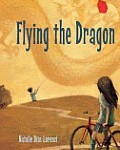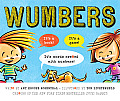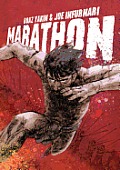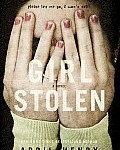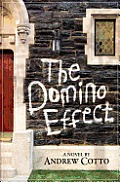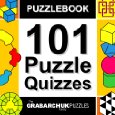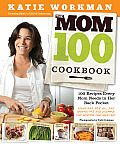 For many moms coming up with ideas for meals, then cooking them, can be one of the most frustrating things about family life. Even moms who love to cook may not feel there’s enough time to put healthy, tasty food on the table day after day and night after night. The Mom 100 Cookbook: 100 Recipes Every Mom Needs in Her Back Pocket comes to the rescue. Author Katie Workman, founding editor in chief of Cookstr.com, has written a cookbook that can help moms consistently serve food their families will love, and maybe even get their kids to help make it.
For many moms coming up with ideas for meals, then cooking them, can be one of the most frustrating things about family life. Even moms who love to cook may not feel there’s enough time to put healthy, tasty food on the table day after day and night after night. The Mom 100 Cookbook: 100 Recipes Every Mom Needs in Her Back Pocket comes to the rescue. Author Katie Workman, founding editor in chief of Cookstr.com, has written a cookbook that can help moms consistently serve food their families will love, and maybe even get their kids to help make it.
The Mom 100 Cookbook is divided into sections that make it easy to find what you’re looking for. And the recipes are presented as solutions to dilemmas. For instance, the chapter titled “Potluck” describes the dilemma as “How’d I get stuck with making the main dish.” I know exactly what that feels like. Usually, when potluck plans are made I feel confident about what I can do in the future, but when the time comes to actually make something, I fall short of ideas. The solutions presented here, recipes with chicken, beef, pork, turkey and rice, all seem easy to make, beautiful to present and satisfying to eat: just what you hope for when you make something for a potluck.
There are 20 chapters in all, covering breakfast, lunch, snacks, soups, salads, main course meats, vegetables, dessert and more. There’s also a great section at the end called “What You May be Looking For” that categorizes the recipes. So if you’re looking for something that can be made in 30 minutes or less, make-ahead dishes, or main courses to impress someone (as well as many other categories) you can quickly find which recipes in the book fit.
I particularly like Workman’s side notes, such as “what the kids can do” and “vegetarian note.” Also, she starts each chapter with notes about what she’s learned along the way that are good overall tips for the types of food she’s cooking.
I tried several recipes in the book and found they were all tasty, easy to prepare and looked nice when I served them. While The Mom 100 Cookbook won’t truly fit into your back pocket, the format it’s in is easy to lay out on a counter without worrying about the pages closing and losing your spot just when you’re following a crucial step—quite a plus as far as I’m concerned. This is one cookbook that I plan to shelve for easy access and frequent use.
The publisher provided me with a copy of this book to review.
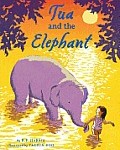 Everyone in Tua’s little village in Thailand loves her. She weaves her way among the market stalls while her mother is at work, getting attention from vendors her know her as their little “peanut.” But when Tua sees an elephant being mistreated, she knows she must save her from the cruel men who own her. But how can she steal an elephant, and what will she do with the elephant once she has her?
Everyone in Tua’s little village in Thailand loves her. She weaves her way among the market stalls while her mother is at work, getting attention from vendors her know her as their little “peanut.” But when Tua sees an elephant being mistreated, she knows she must save her from the cruel men who own her. But how can she steal an elephant, and what will she do with the elephant once she has her?
